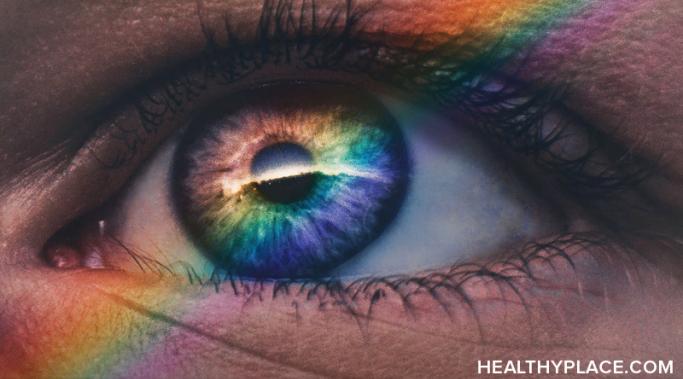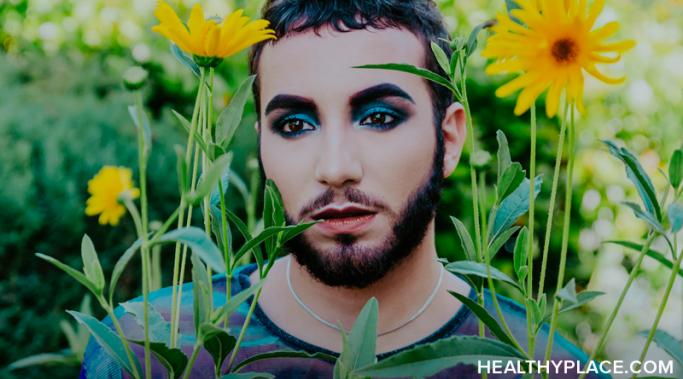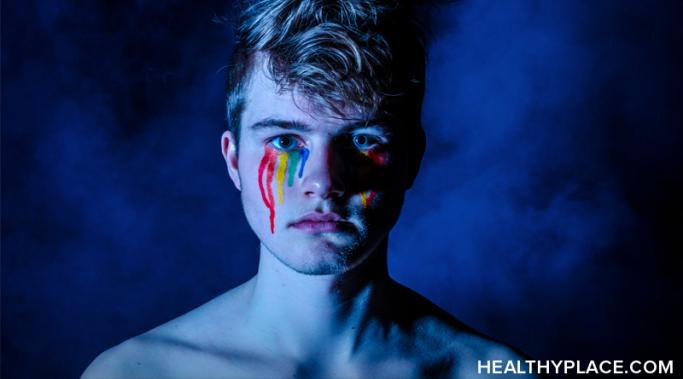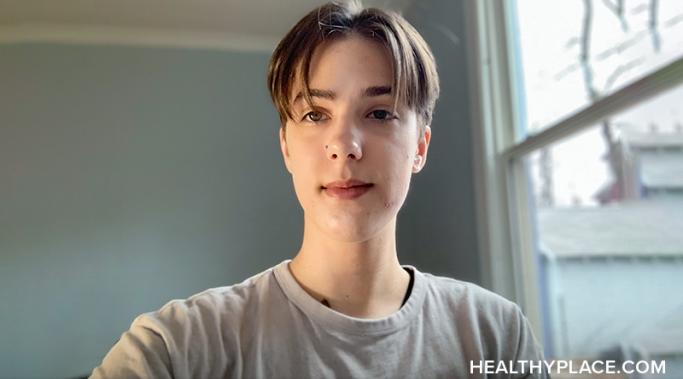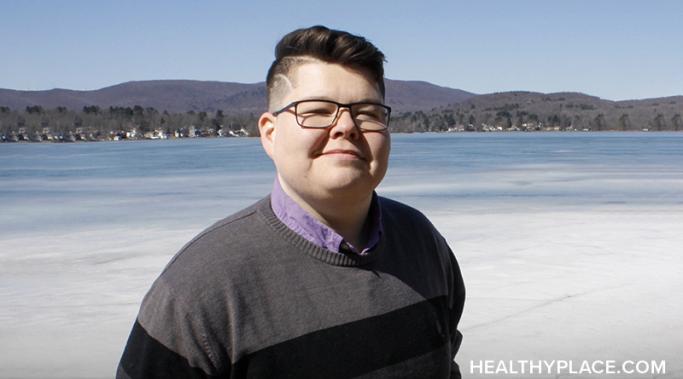I live as a transgender person, and I also have bipolar disorder. While being transgender is not a mental illness, these two things still have a lot in common. Over the years, I've reflected on what these two things share. Today, I'll discuss the commonalities between them and what it feels like to live both as a transgender person and as a person with bipolar disorder.
About The Life: LGBT Authors
Identity policing is when a person tries to tell another person (usually one with a marginalized identity) that their identity is invalid or that they can't or don't belong to an identity group they claim to identify with. I wanted to talk about this after my last post, where I talked about what it means to be a lesbian. Unfortunately, even within the queer community, I have had my identity policed on more than one occasion. Identity policing can be extremely hurtful and problematic. Allow me to illustrate with the example that follows from my life.
Lesbian is the first letter of the queer alphabet soup. We've all heard LGBTQ+ (lesbian, gay, bisexual, transgender, queer, plus.), but what does lesbian actually mean? People used to define lesbians as "women loving women," but this definition is outdated and doesn't take into account the many transgender, non-binary, and gender non-conforming humans who still proudly call themselves lesbians. I am one of these people.
My name is Daniel Lyons (they/he), and I am the new co-author of the blog "The Life: LGBT Mental Health." I am 36 years old and a transgender, queer, bisexual, non-binary person living in California with multiple mental health diagnoses. Throughout my life, I struggled with misdiagnosis and struggled to get adequate care for my mental health. Some of this had to do with being assigned female at birth and doctors not taking my symptoms seriously and underdiagnosing. Some of it had to do with diagnosis difficulty and the presence of multiple diagnoses. I can confidently say now I live with bipolar disorder, attention-deficit/hyperactivity disorder (ADHD), and posttraumatic stress disorder (PTSD). I also live with gender dysphoria, which I will talk more about in blog posts to come. It’s a complicated matrix of diagnoses, but I want to write this blog post for folks to know there is hope.
During my sophomore year of college, I discovered I was transgender nonbinary. I began experimenting with the way I presented my gender. For me, that meant being myself for the first time. And that was terrifying. The idea of having my internal sense of self in congruence with my external self felt like turning myself inside out.
I have nonbinary gender insecurity. In America, there are two genders. There are two sexes. It is not common knowledge that sex and gender are different and that there are multiple sexes. When I applied for jobs, I was asked about my gender and given two options: male or female. I didn't even have the option I needed to answer an optional question. I wasn't sure if they meant to ask about my sex or my gender. I was forced to choose or decline.
I'm demisexual—I'll explain what that is. The first sign that I was on the asexual spectrum was back when I was in middle school. I remember driving in the car with my mom getting annoyed as I listened to the radio. Every song was about sex, love, or drugs. I didn't understand why the themes for music were so narrow. People could sing about anything, yet they would always sing about the same old things. I off-handedly said, "Why is every song about sex? Can't they sing about something else?"
I’m Hayes Mitchell, and I am excited to join "The Life: LGBT Mental Health" blog. I’m a mental health writer with a Bachelor of Fine Arts in writing with a minor in psychology. I identify as queer and transgender (trans). I began discovering my identity back in high school. Today I’m 22 and still learning about myself every day. I’ve changed my labels many times over the years. I’ve identified as bisexual, pansexual, asexual, and demisexual. I tend to withhold telling people because when I change my mind, I don’t want them to discredit my past experience. Every one of those identities has been real to me at each point in my life. I believe in gender and sexuality as being a spectrum. Everyone exists somewhere on that spectrum.
My name is Nori Rose Hubert. You might recognize my name from the Work and Bipolar or Depression blog here at HealthyPlace, where I have been blogging for a little over a year. I have enjoyed my time there, but lately, I have felt called to expand my mental health writing into other areas -- and the subject of mental health in the lesbian, gay, bisexual, transgender, queer, etc. (LGBTQ+) community is a topic that hits very close to home.
My name is Meagon Nolasco and I couldn’t be happier to join the HealthyPlace team here at The Life: LGBT Mental Health blog. I identify as a cis-gendered, (woman born a female) lesbian, woman and have been out in our community for just over a decade now. My extensive history with mental health is just as defining to me as my identity and lifestyle.
